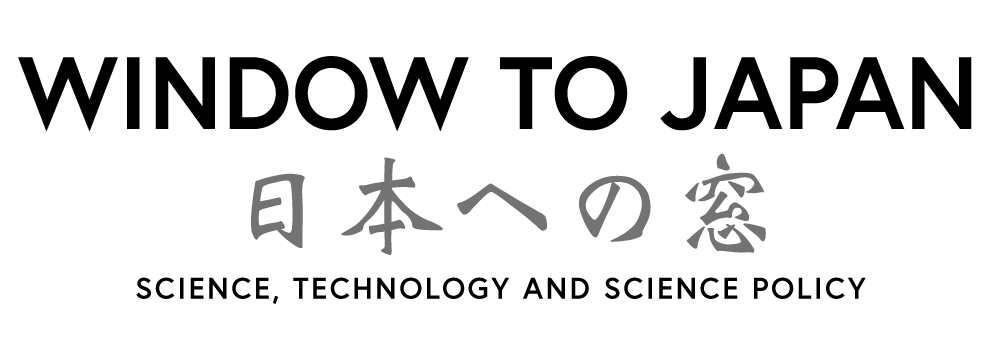https://bio.nikkeibp.co.jp/atcl/report/16/082400016/041900285/
Across the road is a thermal power plant, and the CO2 in its exhaust gas is used to cultivate algae in photo bio reactors on 4,54 ha, with the total capacity reaching 4,060 tons (photo courtesy of Chitose Institute).
C4 was established on behalf of the New Energy and Industrial Technology Development Organization (NEDO), which in October 2020 adopted a microalgae infrastructure technology development as part of its R&D efforts to promote the spread of biojet fuel. One of the projects was the construction and demonstration of a large-scale algae cultivation facility by the Chitose Research Institute. The reason NEDO is engaged in research and development of bio-jet fuel is because the air transportation sector is facing an urgent need to move away from fossil fuels. The aviation industry has been working to reduce carbon dioxide (CO2) emissions, and international organizations such as the International Civil Aviation Organization (ICAO) and the International Air Transport Association (IATA) have announced targets and measures for reducing CO2 emissions. In 2022, ICAO also adopted the goal of virtually eliminating CO2 emissions from international flights at its general meeting. The airline industry is accelerating its efforts to achieve carbon neutrality.
One of the aviation industry’s promising approaches to reducing CO2 emissions is the use of “sustainable aviation fuel” (SAF), including bio-jet fuel, an alternative fuel that can be produced from waste cooking oil, waste products, biomass-derived ethanol, etc. Demand for SAF is expected to increase worldwide. Algae are expected to be used as a raw material for SAF due to their high content of hydrocarbons and fatty acids, which are suitable for SAF, and their fast growth.
Chitose Research Institute was established in 2002 as Neo-Morgan Research Institute, a start-up company with breeding technologies for plants, animals, and microorganisms, and in 2011 became a subsidiary of CHITOSE BIO EVOLUTION, a holding company established in Singapore by CEO Fujita and others, and became the main company of the Chitose Group. It became a mainstay company of the Chitose Group. The company later changed its name to the current one in April 2015. In July 2011, Chitose Research Institute established IHI NeoG Algae LLC, a joint venture with IHI (dissolved in March 2017), for the purpose of developing technologies related to algae biofuel business. IHI has been engaged in research and development of bio-jet fuels using microalgae called Botryococcus. Tabermo (Chiyoda, Tokyo; CEO Tomohiro Fujita), a company established in 2014 that produces and sells a microalgae called Spirulina for food use, is also a member of the Chitose Group. Thus, the group has accumulated know-how through repeated research and development for cultivating and utilizing various types of algae. Currently, the algae being cultivated at C4 is Chlamydomonas. Among microalgae, Botryococcus is relatively slow-growing, although about 50% of its dry weight is oil, and it also produces hydrocarbons suitable for SAF. The flat-panel type is open at the top, so microorganisms can get in, but Chlamydomonas has a fast doubling rate, so even if they do get in, they will be dominant. Also, Chlamydomonas is certified by the U.S. Food and Drug Administration (FDA) for food safety, so we thought it would be suitable for use in food products, considering the possibility of using ingredients other than oil
The Chitose Institute chose the suburbs of Kuching, a city in western Borneo, for the location of its large-scale algae cultivation facility because of its proximity to the equator, strong sunlight, few typhoons and earthquakes, year-round temperatures suitable for biomass production, and abundant fresh water resources.
In undertaking this NEDO-commissioned project, the Chitose Research Institute has collaborated with the Sarawak Biodiversity Centre (SBC), a Sarawak state agency; Sarawak Energy Berhad (SEB), a local power company; Eneo, Japan’s largest petroleum wholesaler; and the Sarawak Energy Berhad (SEB), a local power company. The CO2 required for algae cultivation will be secured by using the exhaust gas emitted by the thermal power plant of SEB’s subsidiary next to the C4. In addition, prior to the construction of C4, a 1,000-square-meter algae cultivation facility was opened at the SBC site in 2019 to conduct joint demonstration research.
As with the SBC facility, C4 employed the flat panel type of PBRs, using 4.65 ha of the 7 ha site to install metal frames so that the plastic PBR culture bags could be lined up vertically. The bags were about 90 cm high and available in 50 m and 100 m lengths. The longer the bag, the lower the various costs, but the longer the bag, the greater the impact of contamination by microorganisms. For this reason, the company is currently considering the optimal size.

